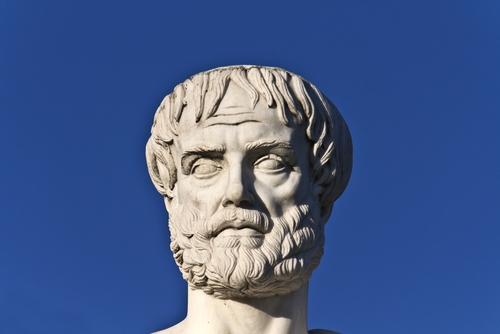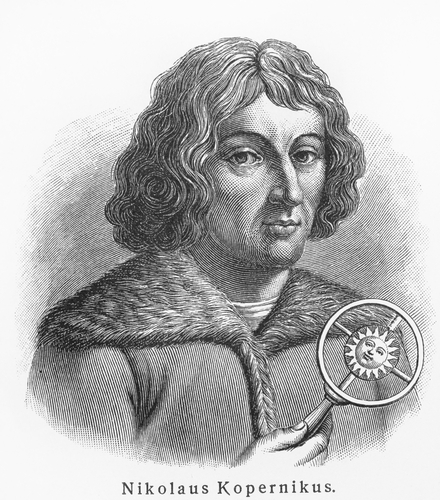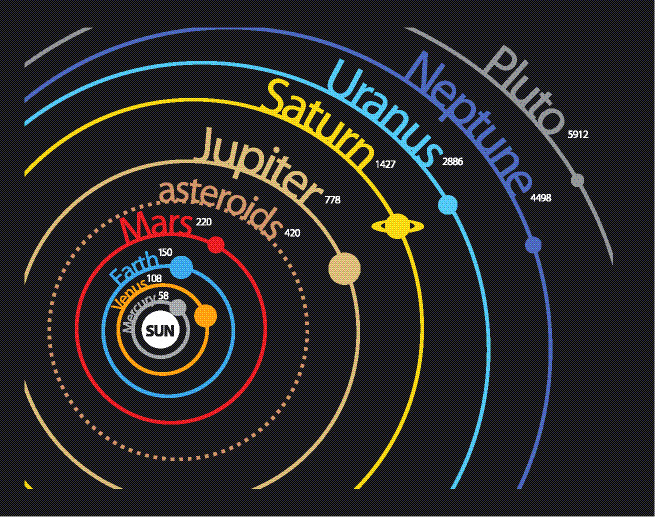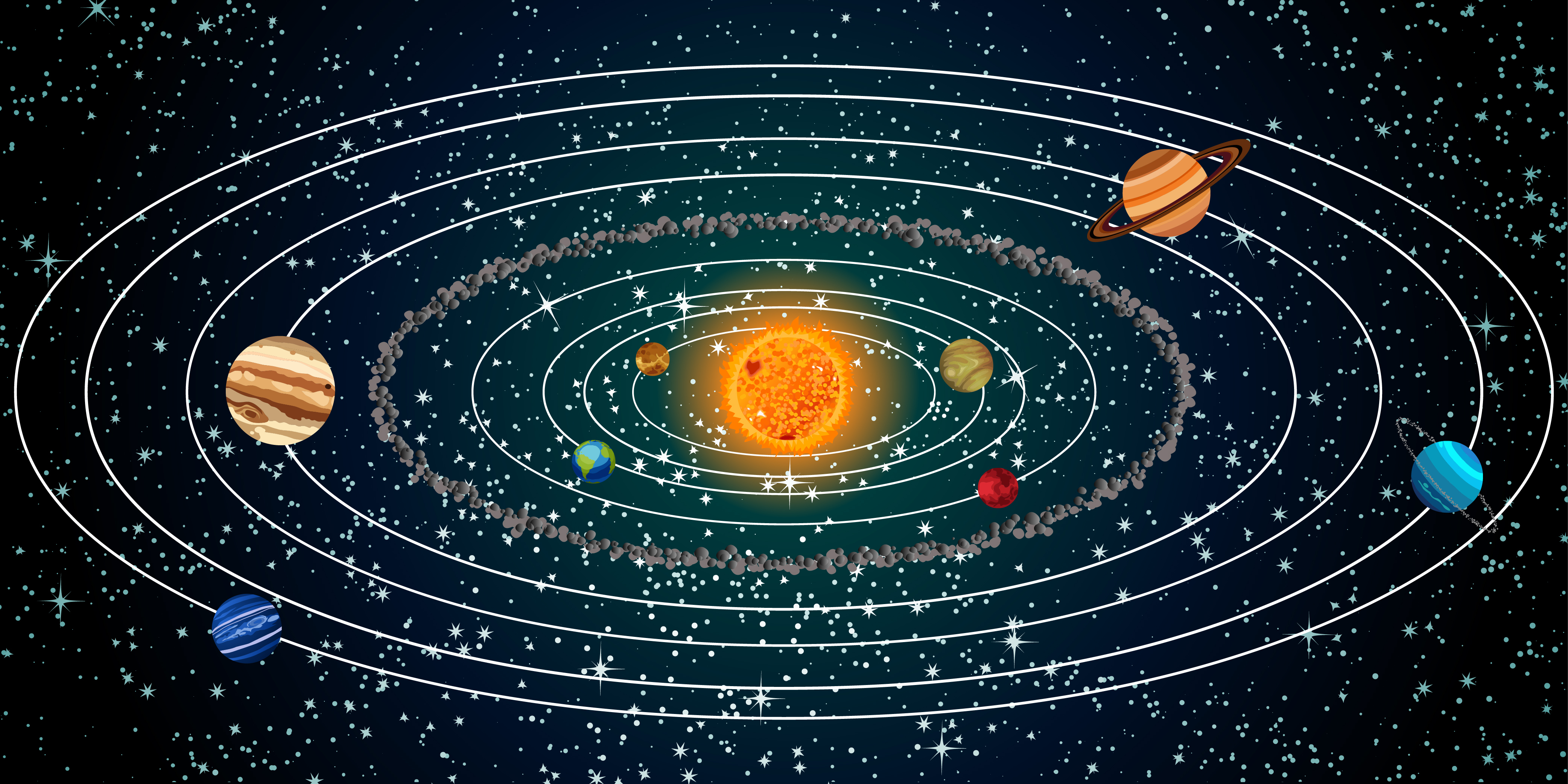Our knowledge of the Solar System has been developed over thousands of years. Below is an outline of the civilisations and scientists that have been involved in the development of our knowledge of the modern-day Solar System:
Timeline 4000 BC
Ancient civilisations studied the movement of the Sun, Moon and the stars and used them to measure time. The Egyptians developed the 365-day calendar as a result of monitoring the stars.
Timeline 400 BC
Aristotle - a very famous Greek philosopher - realised the Earth was a sphere, but he believed that the Earth was at the centre of the Universe and all the planets and stars orbited around the Earth. This is known as the geocentric model.

A statue of the Greek philosopher Aristotle
Timeline 1543
A Polish scientist called Copernicus realised that it was the Sun at the centre of the Solar System and not the Earth which is known as a heliocentric model. His theories were controversial at the time and church leaders wouldn't accept them.
 |
 |
| Nicolaus Copernicus | heliocentric model of the solar system |
Timeline 1609
In 1609, telescopes became available and ideas began to change. Kepler, a German astronomer, adapted Copernicus's model by changing the circular orbits of the planets to elliptical (oval) orbits.

The Solar System showing the elliptical orbits of the planets around the Sun.
This model led to a greater understanding of the speed at which planets orbit. In 2009, NASA launched a spaceship named after Kepler which discovered dozens of Earth-sized planets until it stopped functioning in August 2013.
There have been other famous astronomers, including Hubble, who have helped us understand the Solar System. Scientists to the present day are still improving and adapting the model, as more information about the Solar System is being gathered.

